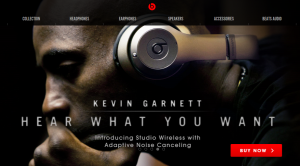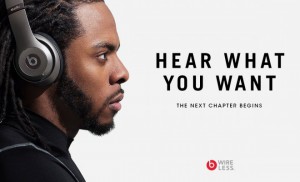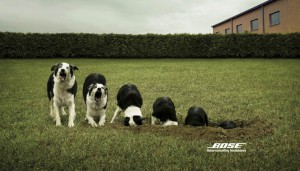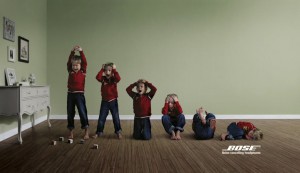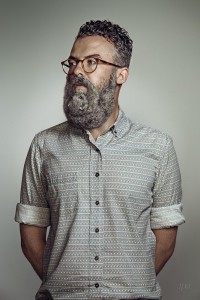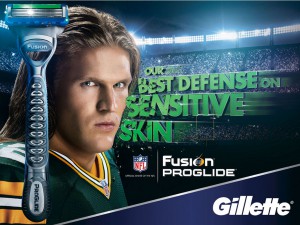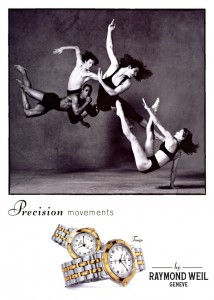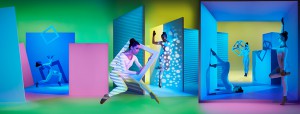Beats and Bose are two leading brands of premium headphones. Compare and contrast Beats “Hear What You Want” campaign with Bose’s Noise Canceling headphones campaign. What is the intended message of each? Who is the intended audience? Describe the style of the photography used for each one. How does the photographic style support the intended meaning and audience appeal of each campaign?
Beats
Bose

